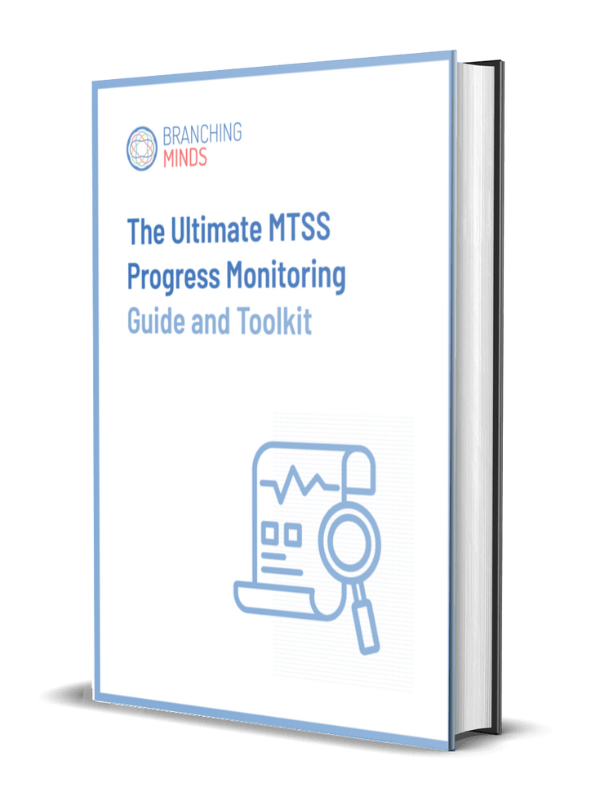Guide
The Ultimate MTSS Progress Monitoring Guide and Toolkit
Progress monitoring in MTSS allows the opportunity to turn data into dialogue and numbers into narratives, ensuring every child is seen, understood, and nurtured. This guide explores effective monitoring techniques and nuanced data interpretation to help you create the conditions where each student doesn't just make progress, but soars.
Whether you're taking your first steps into the world of MTSS or you're a seasoned navigator, this resource is crafted to amplify your influence in the classroom.
This guide includes:
- Editable templates
- A step-by-step breakdown of progress monitoring
- Helpful resources
We hope you find this guide helpful — use the form on this page to download your own copy!













